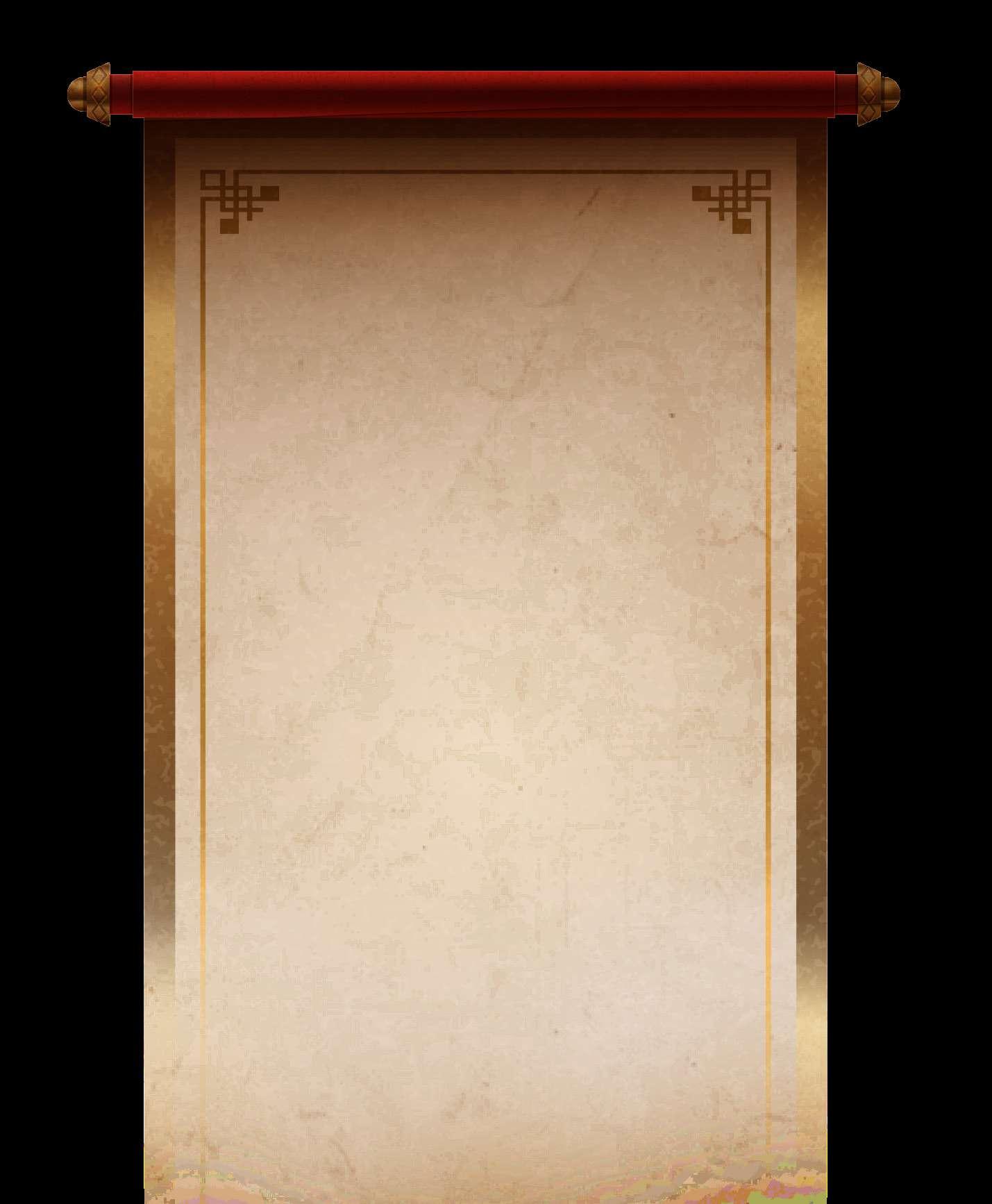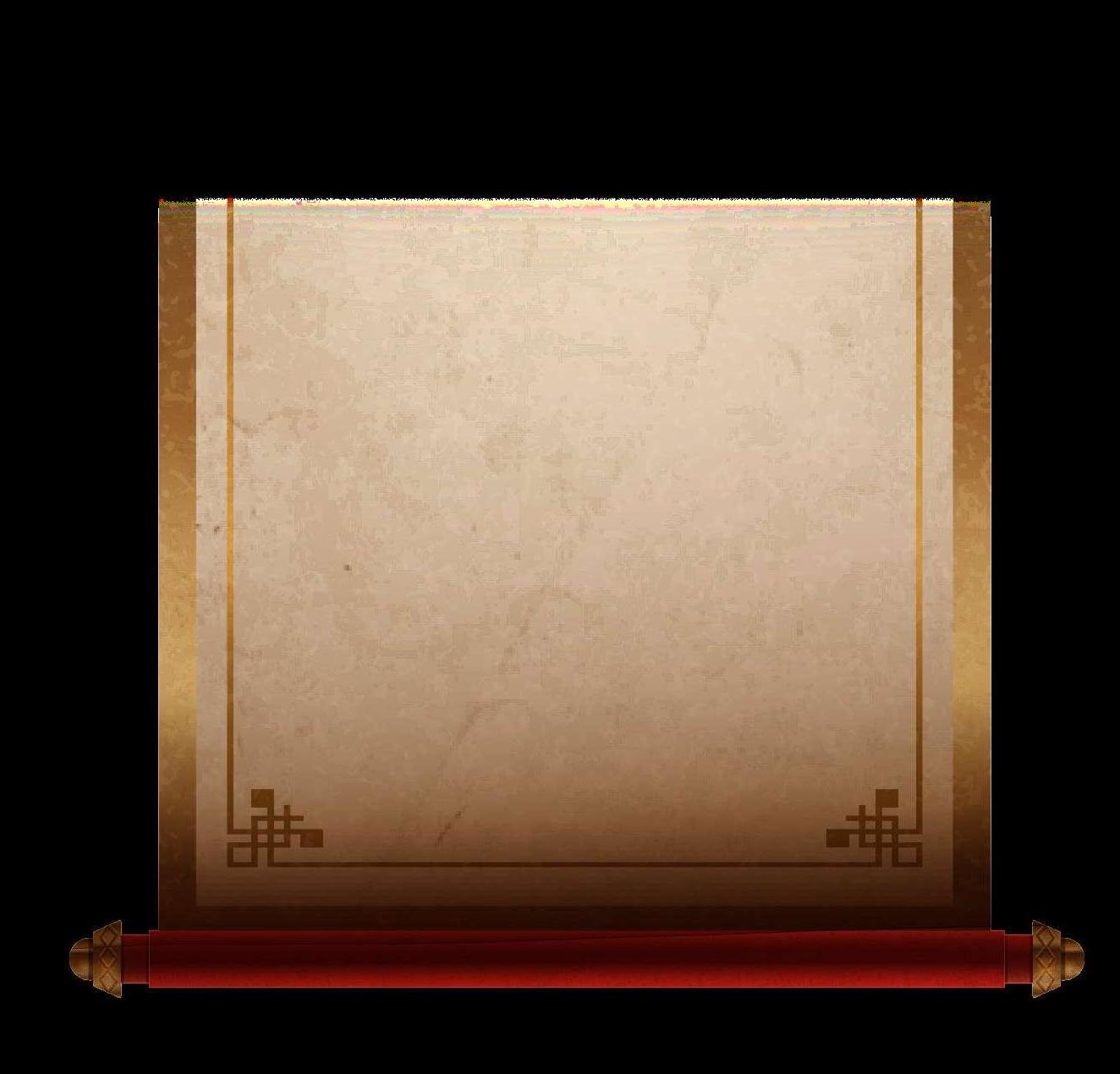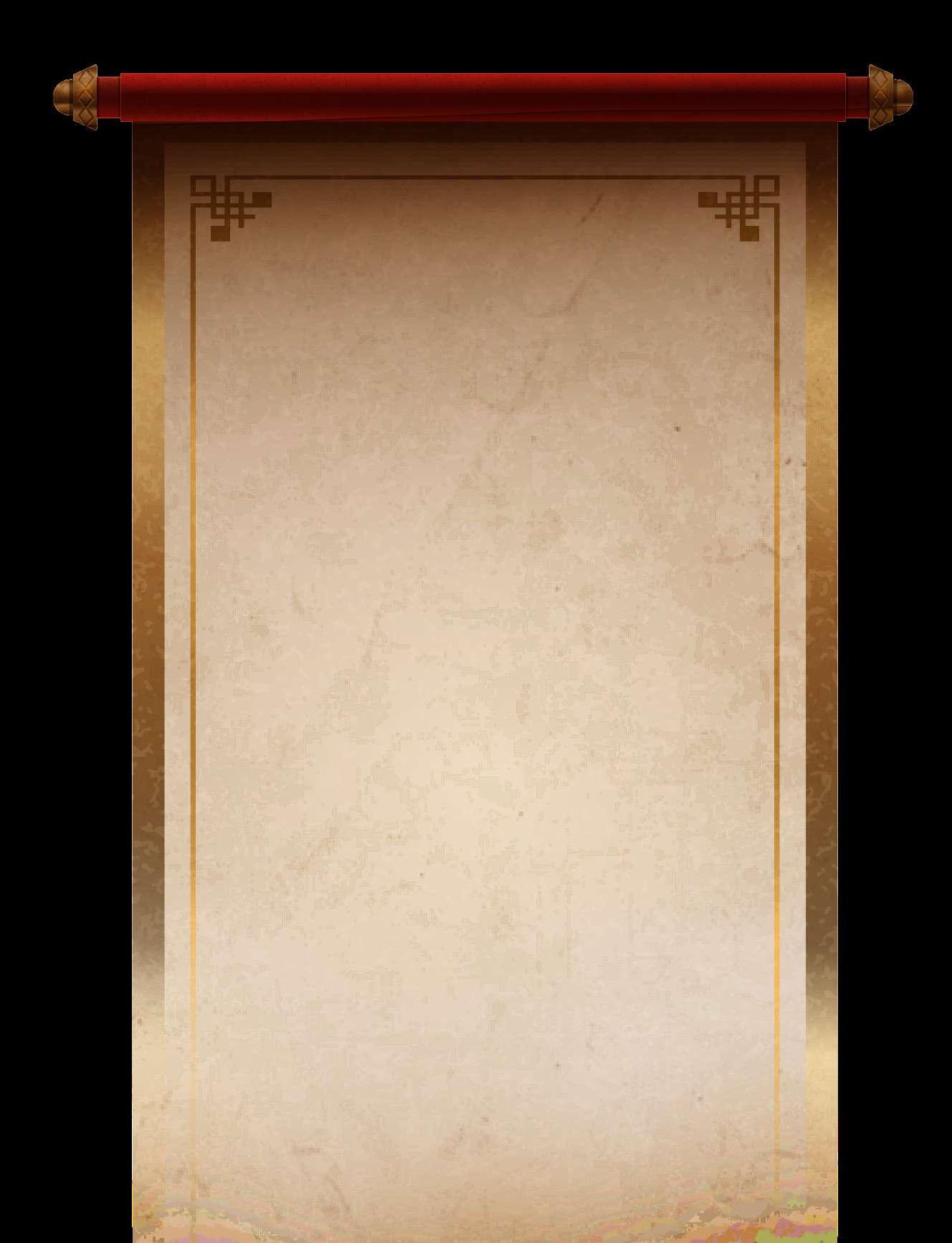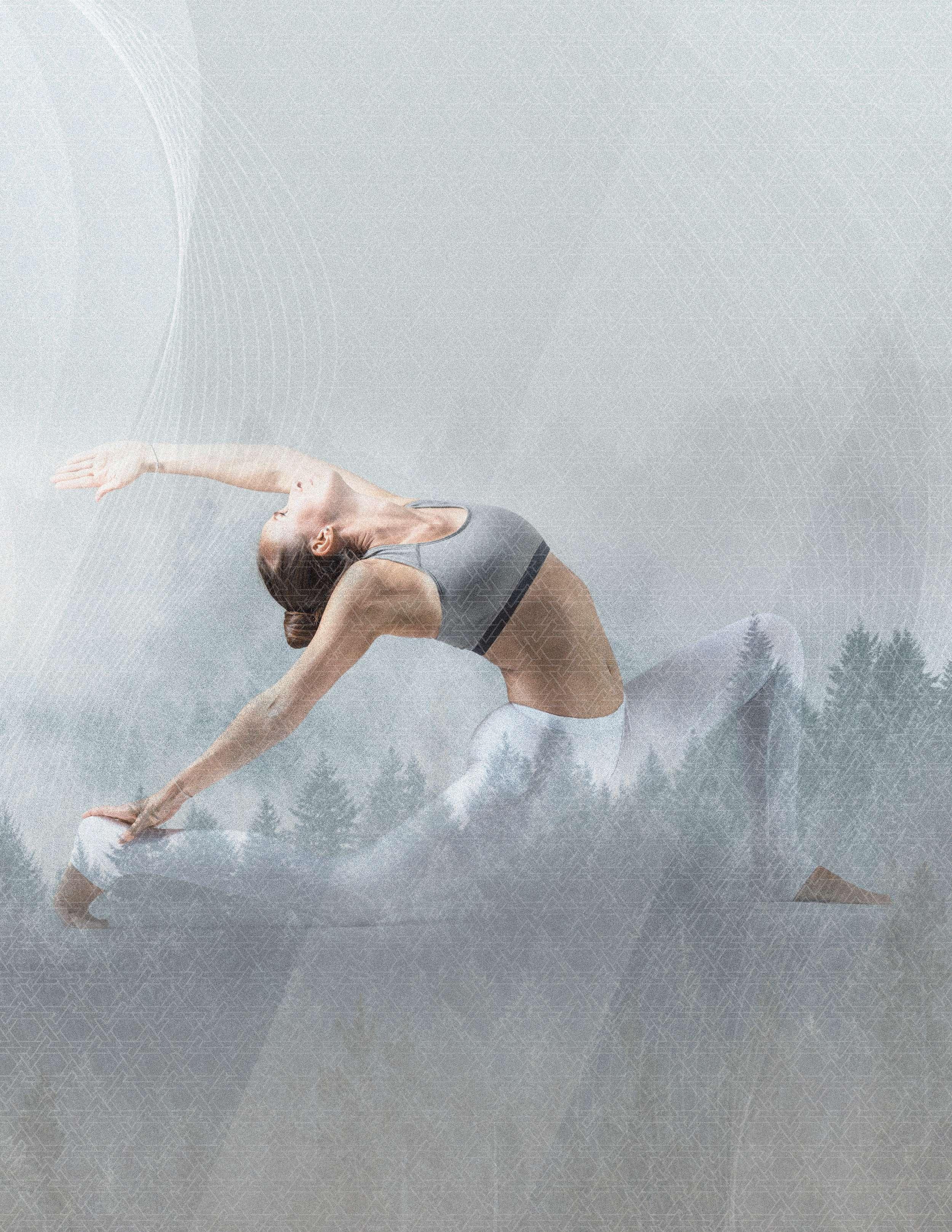
14 minute read
LIVING IN SUSHUMNA
KEY TERMS
Ida Pingala Sushumna Nadi Hatha
Advertisement
Review of prana
We talked about the relationship between the different layers of the onion. We saw how the prana that runs through the channels are related to our thoughts and how these thoughts create seeds that then create our reality. Let’s take a deeper look at these channels and what happens when we are able to live in the central channel, the sushumna. Prana is the breath of life within the body. It is made of two sanskrit words: pra- and -ana. Pra means ahead, proud, prow of the boat, and forward. “An” means to breathe. So pra+ana means “to breath very much”. It is the breath of life. Prana is like a wind, it is physical, it is made of light. Prana is not mental. However, if you cut the body to try to find prana, you won’t be able to see it. It’s like trying to cut light or to cut electricity.
Chakra: Sahasrara Location: Crown of head Bija: Hung Chakra: Vishuddha Location: Throat Bija: Sum Chakra: Anahata Location: Heart Bija: Lam Chakra: Manipura Location: Navel Bija: Ram Chakra: Svadhisthana Location: 4 fingers below navel Bija: Yam Chakra: Muladhara Location: Perineum Bija: Kshang


Prana moves throughout our entire body. Think of our mind-body like the sail of a boat, and the prana is the wind that then moves the boat. When prana gathers specifically to move things within the body, these are called vayus. For example, when we speak, energy gathers to make a wind that pushes out the sound. Similarly, prana assists us in all physical movement, in digestion, and in the elimination of waste when we go to the bathroom. These vayus are a major topic and practice focus for Lady Niguma Level 2 and will be covered in great depth in this second course.
Nadis
Prana runs through channels in our bodies called nadis much like how electricity runs through the wires of a house. “Nadi” is interpreted as any stream or flow of water or energy, and literally translates as “making a sound”. The idea is that of sitting near the side of a stream, and listening to the pleasant tinkling of the water as it flows. The English word note, as in a note of music, may come from the same root.
Object/Subject Temperature Celestial body Wrong view TABLE OF SIDE CHANNELS

IDA What is held Cool
PINGALA What holds Hot
Moon Ignorant liking Sun Ignorant disliking
Hatha Yoga Pradipika IV. 43
savya dakṣhiṇa nāḍīstho madhye charati mārutaḥ tiṣhṭhate khecharī mudrā tasmin sthāne na saṃśayaḥ
Suppose you are able To move the unruly winds Into the middle, standing Between the channels To the left and to the right.

At this point then you will be In the seal of the skydancer; Of this you need not doubt.

IV.44
iḍā pingghalayor madhye śūnyaṃ chaivānilaṃ ghraset tiṣhṭhate khecharī mudrā tatra satyaṃ punaḥ punaḥ
Take emptiness and hold it Along with the wind In the middle, between The milky and rusty channels. Then you will be in the seal Of the skydancer; this is true, More true than true.

IDA: the channel of the moon
The first of the three major inner channels is the channel of the moon. It starts at the opening of the left nostril, travels up and over the skull, descends tracking along the left side of the spine, and then splits off and runs down the left leg. When the prana moves in this channel we have “cold” negative thoughts like ignorant desire - especially when this desire will lead us to hurt other people, like wanting to steal money from someone. The word for moon here in Sanskrit is tha.It refers to a flat disk (such as a full moon). The moon in ancient times was considered to give off rays of light which had the effect of cooling whatever they struck. Thus the moon channel is related to our “cooler” negative thoughts—wanting or liking things in a mistaken way. The most serious thought of this type is a misunderstanding of the objects around us, as opposed to the subjects, and thus the channel is also known as the channel of “what is held” by the mind. The channel itself is seen as being an opaque, milky white color, like the moon, and a common name for it in Sanskrit is ida, which means milky, or milk. As the moon channel runs down our left side it is also called the channel on the left. Again, we seek to affect our mental state through our body by doing asanas which prevent the concentration of prana in this channel and thus preventing the corresponding negative emotions. Most of us spend a lot of time with prana in our ida. This forces us to look to external objects of desire as ultimate sources of happiness. But external objects always fall short and we often end up creating negative seeds in our pursuit of them. These seeds in turn create even more unhappiness. Does this sound familiar at all: “I want Starbucks even if it will be really inconvenient for everyone else who is with me. I know they are tired and want to get home, but I really want Starbucks and I don’t care if it makes them upset.” The compassionate choice would have been to take care of others.

PINGALA: the channel of the sun
The second of the three major inner channels is the channel of the sun and it tracks in the same way as the left channel - from the right nostril, up and over the head and then down along the right side of the spine splitting off and continuing down the right leg. When the prana moves in this channel we have “hot” negative thoughts such as anger, jealousy, and disliking things in an ignorant way. The word for sun here in Sanskrit is simply ha, which is related to the ancient Indo-European root for sun, sahwel. This root comes into English in words like sun, solar, and helium (from the Greek helios); as well as surya, another Sanskrit word for the sun. The sun channel has many other names. Perhaps the most well-known in Sanskrit is pingala, which means the reddish channel, and is related to the English word pink. The name derives from the fact that this channel is generally seen as an opaque red, due to the passage within it of a high proportion of “red element,” which is related to blood. The sun channel is also called the channel on the right, since it passes down the side of the spine on our own right side. It is sometimes referred to as the channel of “what holds”. The phrase “what holds” here refers to our mind, as the subject which holds an object. The point of this name is important. The most serious of these negative thoughts is the tendency to see subjects—meaning people, and our own mind—as things that come from their own side. When we believe that something we don’t like is coming from its own side (like a partner criticizing us) we can easily get upset.If we understand that “criticism” actually comes from us, because of how we ourselves have behaved in the past, then we stop getting angry. Lady Niguma’s wisdom enables us to actively identify when prana is moving in this channel so that we can respond and stop ourselves from planting more negative seeds. As long as prana or wind is concentrated in this right-hand channel, we have a tendency to misunderstand ourselves and our mind, and to get angry. Again, the purpose of yoga is to move prana out of this channel, and help us to fix our emotions by using the tool of our physical body.

SUSHUMNA: the central channel
The final of the three major inner channels is the central channel and it tracks along the center of the spine. It is shorter than the ida and pingala and does not continue down the legs. When the prana moves in this channel we experience deep states of contemplation, bliss, pure compassion, and ultimate love. When 100% of our prana runs in this channel, our relationship to our gross physical body changes, and we become beings of pure light. The traditional Sanskrit name for the central channel is sushumna. This word comes from the prefix su- repeated twice, and then the root √man. Su means good, and comes from an older root esu. When this root came into our western languages, it lost the s and became eu. This we see in words like euphony(good sound); euthanasia (a “good” death); and eurhythmics (good beat). The root man means to think, and is found in the English words mind, mental, and man (the “thinking animal”). Su-man thus means thinking well, meaning to think favorably towards someone. As sushumna, with another su before it, it also came to mean to ask someone to think well, or to make a prayer in words or in song. The word hymn, with the same mn, comes from this same source. The central channel is therefore sometimes referred to as the singing channel. The word sushumna also refers to a specific component of sunlight: think of the light coming from the sun as having many separate parts. The part which lights up the moon, which makes it warm, is called sushumna. And of course our ultimate goal with the central channel is that the sun and moon combine here. Another common Sanskrit name for the central channel is avadhuti. This can mean the vibrating or shaking channel, or else the channel that throws them off.As the prana in our body begins to flow more freely, we may experience sudden jolts of power passing through the body. And in the end, again, the central channel “throws off” the two side channels that are twisted around it. While the two side channels are a more opaque color, the central channel is a blazing red-gold, and translucent, like flame. You’ve probably noticed by now that if you combine the names of the right and the left-hand channels together, you get ha-tha. This word has the meaning of “drastic means” to achieve a particular end. The original practices of hatha yoga

were very demanding and were meant to change the body into light in a very short amount of time. This change occurs when the prana concentrated in these two side channels—ha and tha—are released and flow into the central channel. The two channels then actually melt down into the central channel. This combination or union of ha and tha is of course one of the goals of yoga, in the sense of joining.
Ida and pingala as guides
As part of Lady Niguma’s all-day yoga, it is our responsibility to catch when we are moving prana through these channels of mistaken views. As we will learn more later, these mistaken views are what cause all of our suffering. The more prana that runs in these channels, the more we hurt ourselves and others. We will see our bodies become old and die and our time on the mat will have been for nothing. Many might see these channels as our enemies or as obstacles to the goal of yoga. While it is wise to recognize the problems of these channels, it is more wise to use them as our guides out of suffering. With a dedicated and authentic Lady Niguma practice, you will find yourself becoming much more aware of when your prana is running through the side channels. After this course and the two higher levels of Lady Niguma, you will have a complete understanding of what to do when you catch yourself in these channels--by perfectly combining the inner practice of where we put our thoughts with the outer practice of yoga asana. An ignorant person will burn up with pingala-riding anger after they did not get what their ida-riding desires grasped for. The wise Lady Niguma practitioner, however, will use their developed mindfulness to become aware of when the prana is in the wrong channel and use their wisdom to shift out of the mistaken view and dissolve away their negative emotions and experiences. This technique can only be developed through dedicated, consistent practice and sincere contemplation. Learning this information in this class is the very beginning of the journey. As with all yoga, knowing is only the start. It is constant practice without gaps that will bring us to our highest potential.

Yoga Sutras: I.14
sa tu dīrghakāla nairantarya satkāra āsevito dṛḍha bhūmiḥ
You must cultivate your practice over an extended period of time; it must be steady, without gaps, and it must be done correctly — for then a firm foundation is laid.


Most importantly, we must hold a very high sense of urgency to master this because every moment our prana runs with mistaken views in our side channels we are planting more seeds to see suffering in our own worlds and in the worlds of those around us. If your house was on fire and your family was inside, you would do anything you could to help them. Let us have the same urgency in our practice of Lady Niguma’s yoga.

Shifting prana
If you want to change your thinking when you’re stressed and anxious at work, you can change your experience by changing where your prana is moving. You can accomplish this by changing your thinking and by doing asana poses. When prana is moving in the side channels, we are seeing the world in a mistaken way. When the prana is moving in the central channel we are more loving, com-
passionate, intelligent, calm. It’s like becoming a superhero. It is from these three channels that we create our world. Lady Niguma mastered how to move prana in her channels to create her own perfect experience of the world.
Living in the sushumna
Prana in the central channel produces deep states of concentration that last throughout the day, no matter what one is doing. The mind becomes very calm, but also very clear and vivid. There is a constant pleasant, blissful feeling that runs in the background of the body and mind - even if there are physical pains running along the surface. Thoughts naturally align with our ethical principles and the wisdom that understands seeds becomes profound and guides our actions.Love arises and doesn’t discriminate, even when circumstances are harsh or call for stern responses. These states aren’t some fantasy story belonging only to other people.These states aren’t reserved for only people that lived in some distant past. These states are accessible to everybody. People around us have achieved these states and there is no reason why we can’t too. When the prana runs entirely in our sushumna we gain incredible abilities and experience the most profound feeling of love, compassion, and joy. Want to increase your memory? Want to heal your body? Want to see your loved ones achieve their dreams? Want to experience financial abundance? Want to have perfect relationships? This is the result of living in the sushumna. When our prana runs perfectly in the central channel, there is no prana left to run in the channels that make us see suffering and affliction. There is no wind in that sail, there is no horse for these experiences to ride upon. And when we melt our mistaken channels into the central channel, we have achieved the goal of yoga. Though beating death is a great benefit of accomplishing the goal of yoga, there is a higher benefit still. You will become a body of light. We will learn more about this next, but our bodies as we perceive them with flesh, blood, and bone, are a mistake. We are meant for a body of perfect clear light. When this body is achieved we can help every single person ever remove themselves for any suffering.

We must keep this wish to help all other people as the main motivation of our practice. It is what Lady Niguma taught. May that be the motivation for us to learn this wisdom and practice Lady Niguma’s yoga with great intensity and urgency. We study Lady Niguma’s yoga because she lives in her sushumna-- she has achieved the goal yoga and has shared with us how we can get there, too. May we dedicate our efforts to attaining this state and to the happiness of all beings.





